Encountering the error code 0x80072f8f - 0x20000 when using the Windows Media Creation Tool on Windows 11 can be quite frustrating. This error typically occurs when launching the MediaCreationTool.exe file to create bootable media or upgrade your operating system. Fortunately, there are several methods you can try to resolve this issue.
Before proceeding with the solutions, it's a good idea to try using your USB drive in a different port to rule out any faulty USB port issues.
Method 1: Modify the Registry Files
Adjusting specific registry settings has helped many users eliminate the Media Creation Tool error. Follow these steps carefully to modify the registry files on your Windows 11 PC.
Step 1: Open the Registry Editor. Click on the Start Menu, type Registry Editor in the search bar, and select the 'Registry Editor' app from the results.
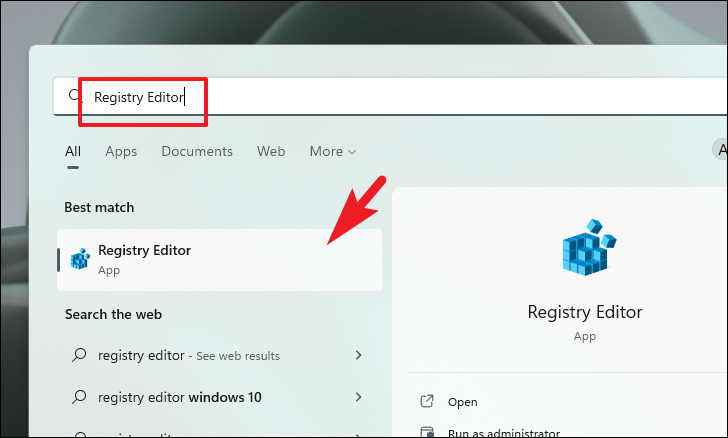
If prompted by the User Account Control (UAC), click 'Yes' to proceed.
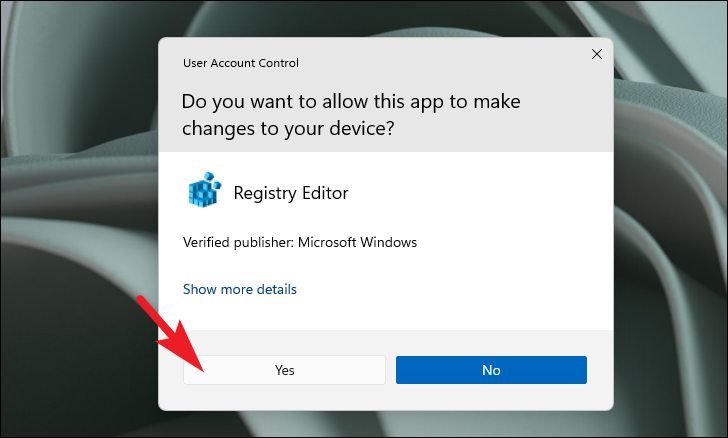
Step 2: In the Registry Editor window, navigate to the following path by copying and pasting it into the address bar and pressing Enter:
Computer\HKEY_LOCAL_MACHINE\SOFTWARE\Microsoft\Windows\CurrentVersion\WindowsUpdate\Auto Update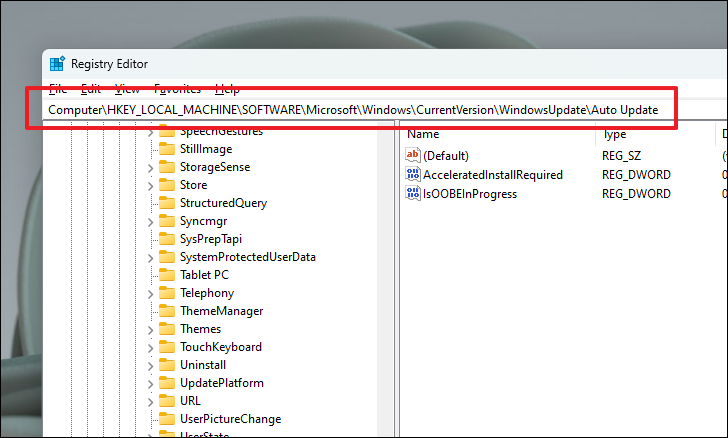
Step 3: Right-click on an empty space in the right pane, hover over 'New', and select 'DWORD (32-bit) Value'. Name the new value AllowOSUpgrade.

Step 4: Double-click on the newly created AllowOSUpgrade value. In the 'Value data' field, enter 1 and click 'OK'.
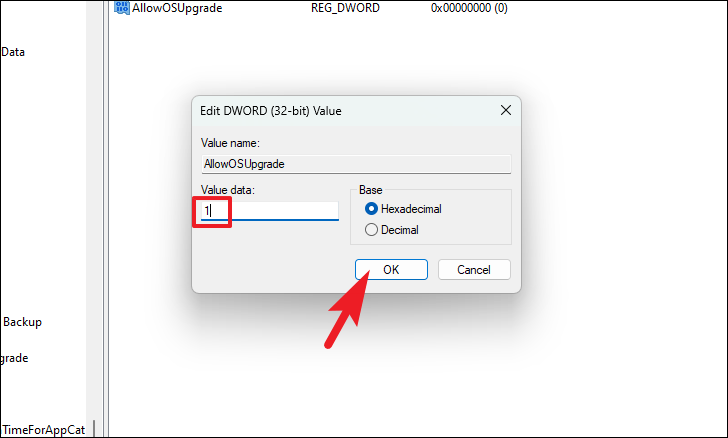
Step 5: Close the Registry Editor and restart your computer. After rebooting, try running the Media Creation Tool again to see if the error has been resolved.
Method 2: Reset Windows Update Components
Resetting Windows Update components can often fix issues related to the update process, including the 0x80072f8f - 0x20000 error.
Step 1: Open Windows Terminal as an administrator. Click on the Start Menu, type Terminal, right-click on 'Windows Terminal', and select 'Run as administrator'.
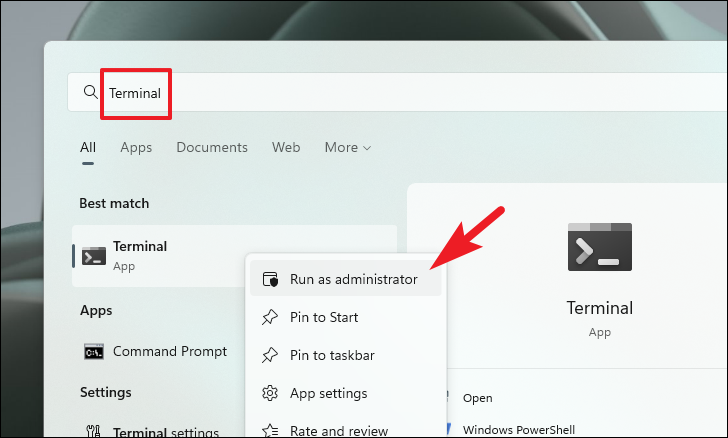
When prompted by UAC, click 'Yes' to continue.
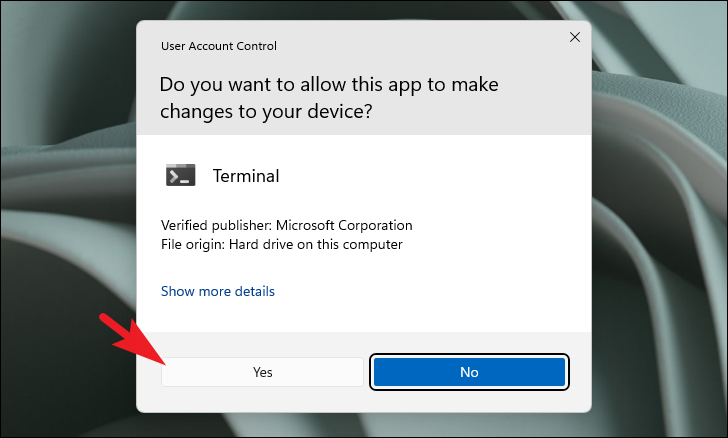
Step 2: In the Terminal, open Command Prompt by clicking the downward arrow at the top and selecting 'Command Prompt'.
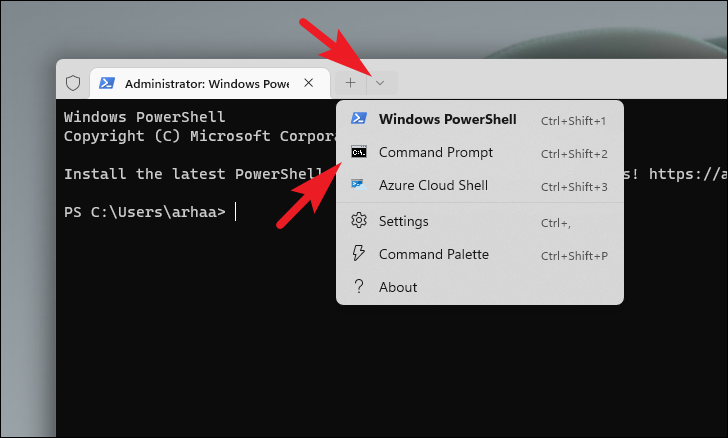
Step 3: Execute the following commands one by one, pressing Enter after each:
net stop wuauservnet stop cryptSvcnet stop bitsnet stop msiserverRen C:\Windows\SoftwareDistribution SoftwareDistribution.oldnet start wuauservnet start cryptSvcnet start bitsnet start msiserver
Step 4: Once all commands have been executed, close the Terminal and restart your computer. After restarting, try using the Media Creation Tool again.
Method 3: Clear the SoftwareDistribution Folder
Clearing the SoftwareDistribution folder can resolve issues caused by corrupted Windows Update files.
Step 1: Open File Explorer by pressing Windows + E or clicking on 'This PC' on your desktop.

Step 2: Navigate to your Windows installation drive (usually 'C:' drive with a Windows logo) and open it.

Step 3: Open the 'Windows' folder.

Step 4: Locate and open the 'SoftwareDistribution' folder.

Step 5: Select all files by pressing Ctrl + A, then permanently delete them by pressing Shift + Delete. Confirm any prompts that appear.

Step 6: Open Command Prompt as an administrator. Click on the Start Menu, type Command Prompt, right-click on it, and select 'Run as administrator'.
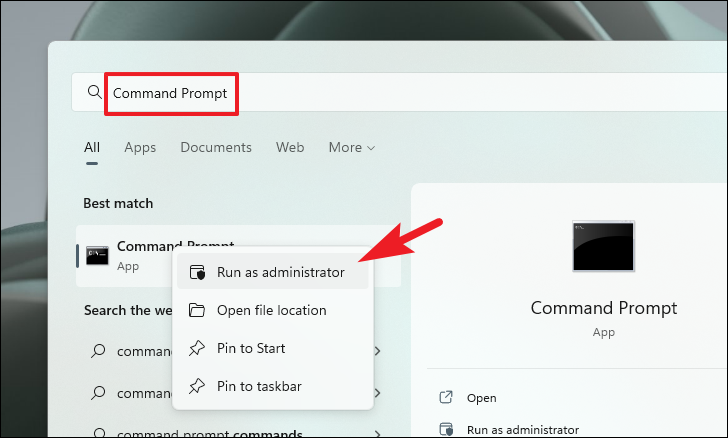
When prompted by UAC, click 'Yes' to proceed.

Step 7: In the Command Prompt window, type the following command and press Enter:
wuauclt.exe /updatenow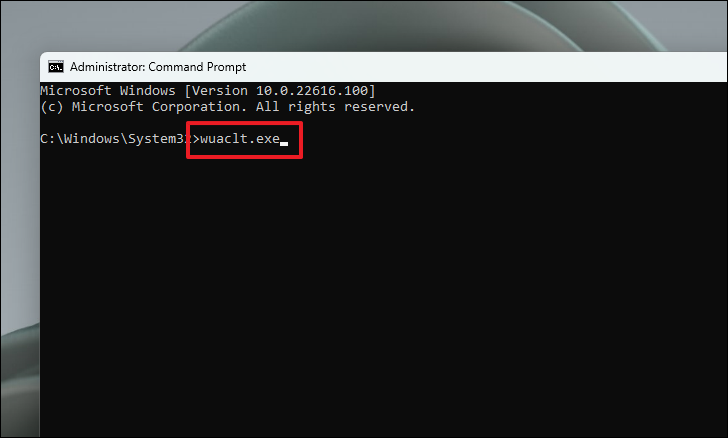
Step 8: After the command executes, restart your computer and try running the Media Creation Tool again.
Method 4: Perform a Clean Boot
A clean boot starts Windows with a minimal set of drivers and startup programs, which can help determine if a background program is interfering with the Media Creation Tool.
Note: Performing a clean boot will not erase any data on your system.
Step 1: Press Windows + R to open the Run dialog, type msconfig, and press Enter.

Step 2: In the 'General' tab of the System Configuration window, select 'Selective startup', uncheck 'Load startup items', and ensure 'Load system services' is checked.

Step 3: Go to the 'Services' tab, check 'Hide all Microsoft services', and click 'Disable all'.

Step 4: Click 'Apply' and then 'OK'. Restart your computer when prompted.

Step 5: After restarting, try running the Media Creation Tool. If the error is resolved, a third-party service was likely causing the issue. You can enable services one at a time to identify the problematic one.
Method 5: Run the Media Creation Tool as Administrator
Running the Media Creation Tool with administrative privileges can sometimes bypass permission issues that cause the error.
Step 1: Locate the MediaCreationTool.exe file on your computer.
Step 2: Right-click on the file and select 'Run as administrator'.
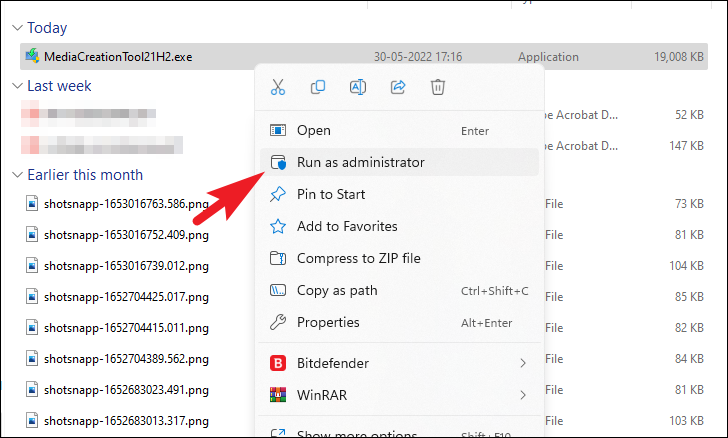
Step 3: When prompted by UAC, click 'Yes' to grant administrative permissions.
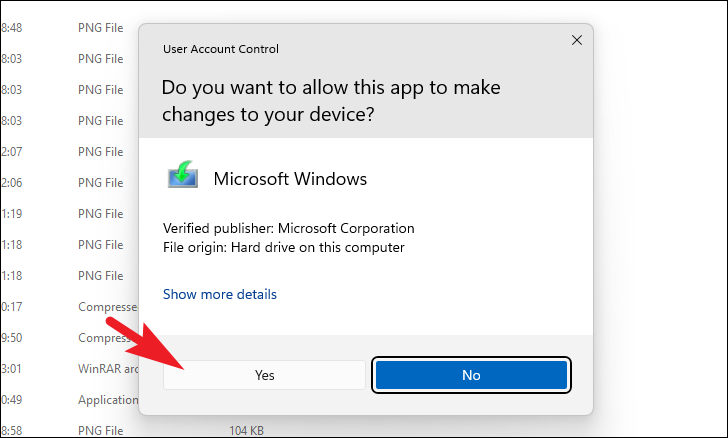
Step 4: Attempt to use the Media Creation Tool again to see if the error persists.
By following these methods, you should be able to resolve the error code 0x80072f8f - 0x20000 and successfully use the Windows Media Creation Tool on your Windows 11 PC.








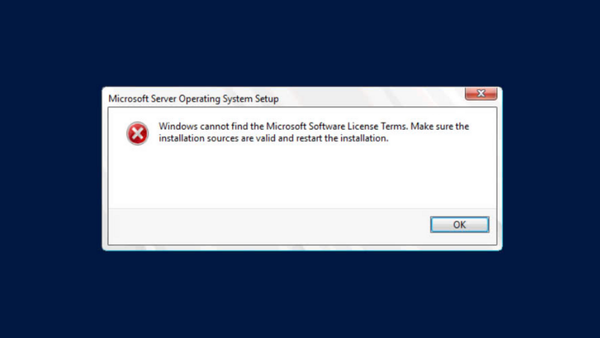
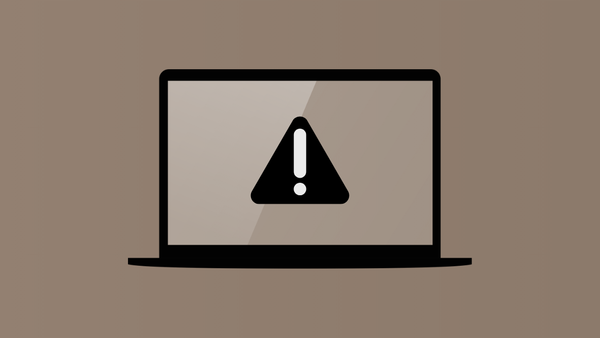
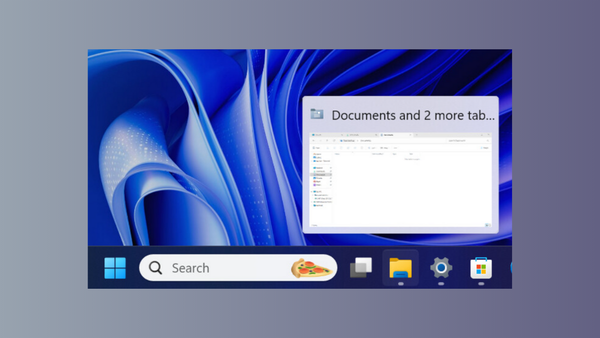
Member discussion